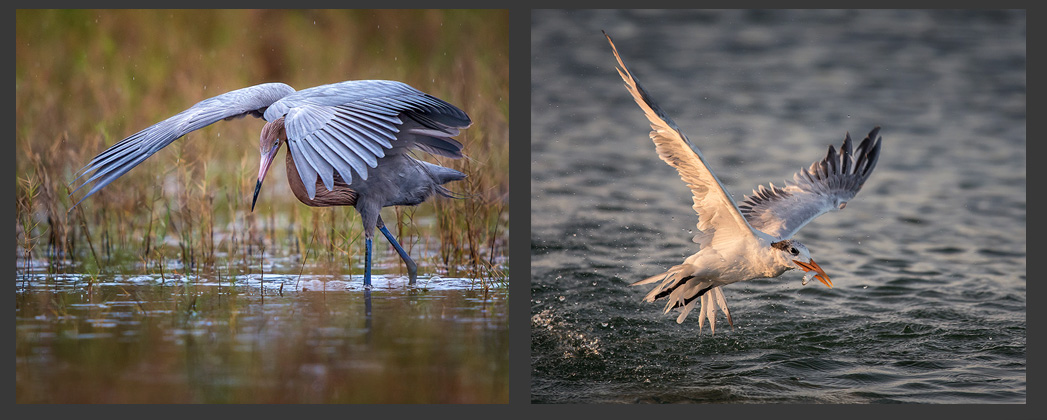bcgnz
Active member
I understand that using the 1.4 TC will effectively decrease aperature e.g 1/2.8->1/4. In low light conditions, we might not be able to afford to do, since the image will be too dark.
However, if I don’t use 1.4 TC and simply crop the image in post, would the image still be too dark?
Very confused about this…
However, if I don’t use 1.4 TC and simply crop the image in post, would the image still be too dark?
Very confused about this…


